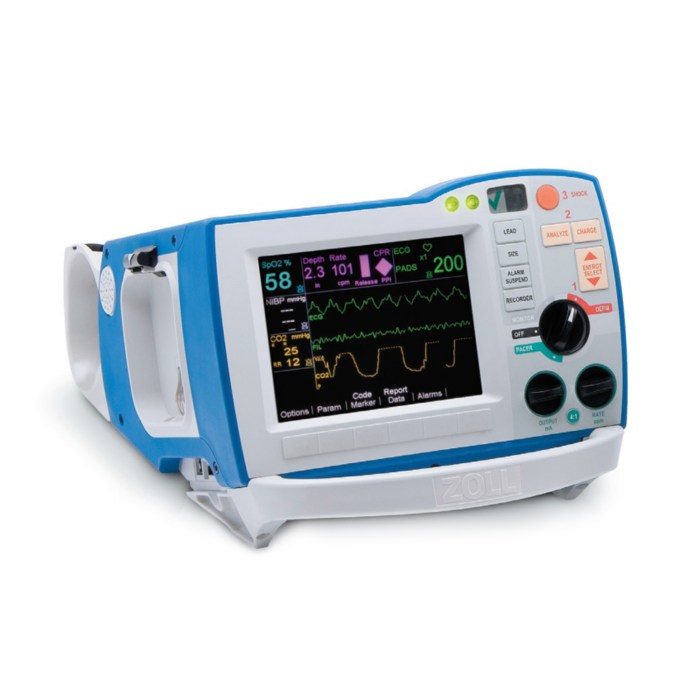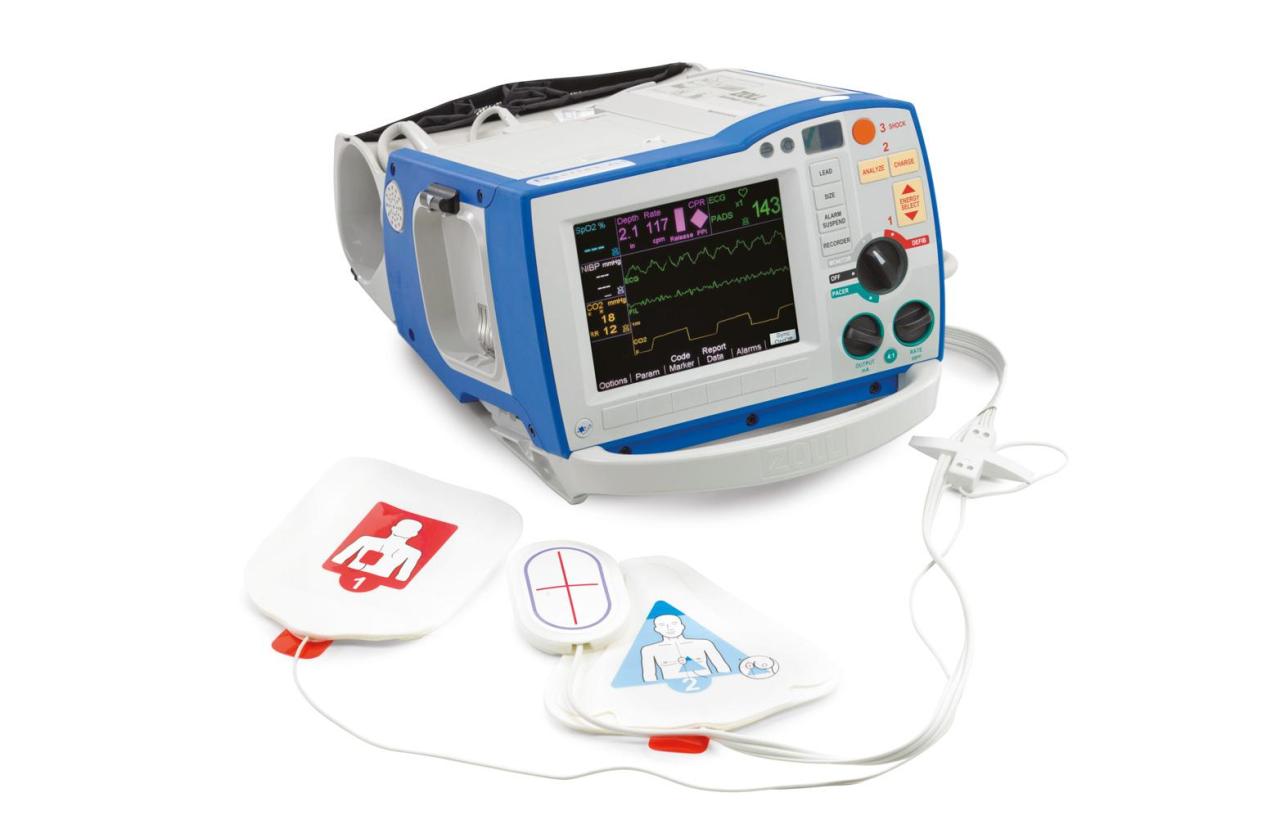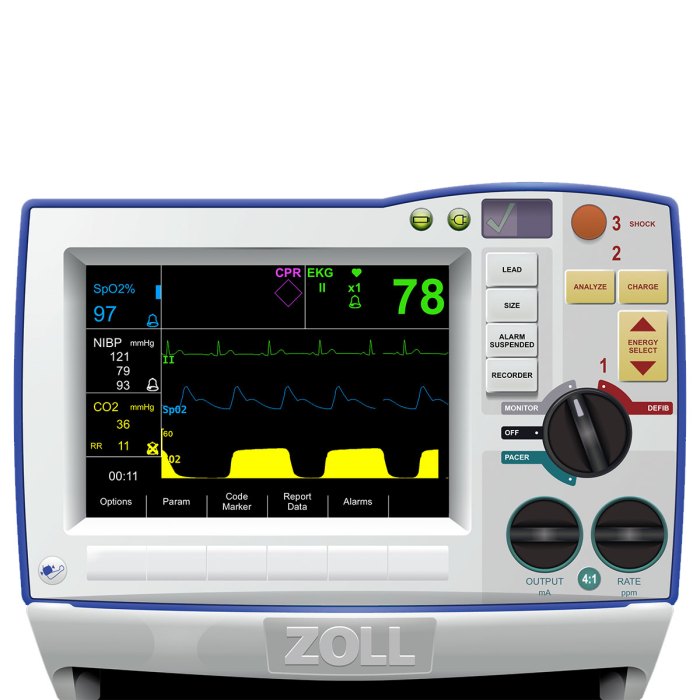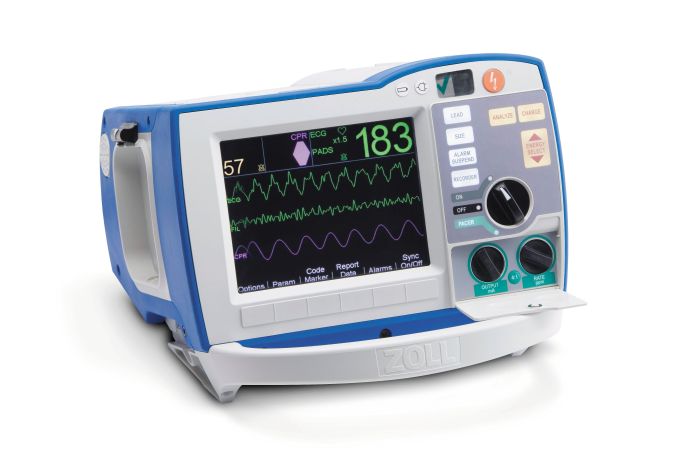The Zoll R Series Self Test is a crucial aspect of maintaining the optimal performance of your Zoll R Series device. By performing regular self-tests, you can ensure the accuracy and reliability of your device, helping you to deliver the best possible care to your patients.
This comprehensive guide will provide you with all the information you need to understand the importance of self-tests, how to perform them effectively, and how to troubleshoot any errors that may arise. By following these guidelines, you can ensure that your Zoll R Series device is always ready to perform when you need it most.
Zoll R Series Self Test Overview

The Zoll R Series self test is a crucial procedure that ensures the proper functioning of your Zoll R Series defibrillator. Regular self testing helps identify any potential issues or malfunctions, allowing you to address them promptly and maintain the reliability of your device.
The Zoll R Series offers two types of self tests: the Basic Self Test and the Comprehensive Self Test. The Basic Self Test is a quick and simple test that checks the device’s basic functions, such as battery power, display functionality, and electrode connectivity.
The Comprehensive Self Test is more thorough and takes longer to complete, but it provides a more in-depth analysis of the device’s performance, including testing the charging system, waveform delivery, and other critical components.
Performing a Self Test on the Zoll R Series
Performing a self test on the Zoll R Series is straightforward. First, ensure that the device is turned off and not connected to a patient. Then, press and hold the “Self Test” button on the front panel for approximately three seconds.
The device will automatically initiate the Basic Self Test.
If you wish to perform the Comprehensive Self Test, press and hold the “Self Test” button for approximately seven seconds. The device will display a message prompting you to connect the test electrodes. Follow the on-screen instructions to connect the test electrodes and initiate the Comprehensive Self Test.
Once the self test is complete, the device will display the results on the screen. If any issues are detected, the device will provide error messages or codes that indicate the nature of the problem. It is important to address any errors promptly to ensure the continued reliability of your Zoll R Series defibrillator.
Benefits of Zoll R Series Self Test

Performing regular self tests on the Zoll R Series defibrillator offers several advantages that contribute to the accuracy, reliability, and overall effectiveness of the device.
Ensuring Accuracy and Reliability
Self tests are designed to verify the proper functioning of the defibrillator’s critical components, including the battery, electrodes, and circuitry. By conducting these tests, users can gain confidence that the device will perform as intended in an emergency situation. Regular self tests help identify any potential issues or malfunctions that may affect the accuracy and reliability of the defibrillator, allowing for timely corrective actions.
Early Problem Identification
Self tests can play a crucial role in detecting potential problems with the defibrillator at an early stage. By identifying issues before they become major malfunctions, self tests help prevent unexpected failures and minimize the risk of device downtime. This proactive approach allows users to address any necessary repairs or maintenance promptly, ensuring that the defibrillator is always ready for use when needed.
Frequency and Timing of Zoll R Series Self Test
Regular self-testing of the Zoll R Series defibrillator is crucial to ensure its reliability and readiness for use in emergency situations. The recommended frequency and timing of self-tests depend on various factors, including the specific model and operating environment.
Generally, it is recommended to perform a self-test:
- Daily, before the first use of the day.
- After each use, regardless of whether a shock was delivered.
- Weekly, even if the device has not been used.
- Monthly, as part of a comprehensive maintenance routine.
Importance of Self-Tests Before and After Each Use
Performing a self-test before each use is essential to verify the device’s functionality and readiness. It ensures that the defibrillator is operating correctly and is ready to deliver a shock if necessary. Similarly, conducting a self-test after each use, regardless of whether a shock was delivered, helps identify any potential issues that may have occurred during the use.
This allows for prompt troubleshooting and maintenance, minimizing the risk of device failure during a critical emergency.
Specific Time Intervals or Conditions Warranting More Frequent Self-Tests
In certain circumstances, more frequent self-tests may be necessary. These include:
- Harsh Operating Conditions:If the defibrillator is used in extreme temperatures, humidity, or other challenging environments, more frequent self-tests are recommended to ensure optimal performance.
- Frequent Use:If the defibrillator is used multiple times in a short period, more frequent self-tests are advisable to monitor the device’s condition and identify any potential issues.
- Device Storage:If the defibrillator is stored for extended periods, more frequent self-tests are recommended to verify its functionality before use.
By adhering to the recommended frequency and timing of self-tests, users can enhance the reliability and readiness of their Zoll R Series defibrillator, ensuring its availability for life-saving interventions when needed.
Troubleshooting Zoll R Series Self Test
Troubleshooting the Zoll R Series Self Test is crucial to ensure the device is functioning correctly. If any error messages appear during the self test, it’s important to address them promptly to prevent potential issues with defibrillation or pacing.
Error Messages and Troubleshooting Steps
The following table Artikels common error messages and their corresponding troubleshooting steps:
| Error Message | Troubleshooting Steps |
|---|---|
| Battery Failure | – Replace the battery with a new one.
|
| Capacitor Failure | – Contact Zoll Technical Support for assistance. |
| Defibrillation System Failure | – Check the defibrillation pads and cables for damage or loose connections.
|
| Pacing System Failure | – Check the pacing cable and electrodes for damage or loose connections.
|
| Software Error | – Contact Zoll Technical Support for assistance. |
If any of the error messages cannot be resolved by following the troubleshooting steps, it’s essential to contact Zoll Technical Support for further assistance.
Maintenance and Care of Zoll R Series

Proper maintenance and care are crucial for ensuring the optimal performance and longevity of your Zoll R Series defibrillator. Regular maintenance helps identify and address potential issues before they become major problems, reducing the risk of downtime and costly repairs.
Recommended Maintenance Tasks
A comprehensive maintenance checklist includes:
- Daily Checks:Visual inspection of the device, electrodes, and cables for any damage or wear.
- Weekly Tests:Self-tests to verify the device’s functionality, including battery capacity, electrode integrity, and defibrillation delivery.
- Monthly Maintenance:Cleaning and disinfecting the device and accessories, checking battery terminals for corrosion, and updating software if necessary.
- Annual Inspection:Comprehensive inspection by a qualified technician, including testing all functions, calibrating the device, and replacing any worn or damaged components.
By adhering to this maintenance schedule, you can extend the life of your Zoll R Series defibrillator and ensure it is always ready for use in critical situations.
Zoll R Series Self Test ensures your device is functioning optimally. Notably, understanding geometric principles like r being the midpoint of qs enhances spatial reasoning, a crucial skill in medical diagnostics. By mastering these concepts, you can effectively interpret medical images and make informed decisions during zoll R Series Self Test.
Training and Education for Zoll R Series Self Test

Proper training and education are essential for users of the Zoll R Series to ensure safe and effective operation of the device. It enables users to understand the principles of operation, perform self-tests, and troubleshoot any issues that may arise.
Types of Training and Education, Zoll r series self test
- On-site Training:Conducted by certified trainers at the user’s facility, providing hands-on experience with the device.
- Online Training:Self-paced courses delivered through an online platform, covering theoretical and practical aspects of the device.
- User Manuals and Documentation:Comprehensive resources provided with the device, offering detailed instructions and troubleshooting guidance.
Resources for Training and Education
- Zoll Medical Corporation:Offers on-site and online training programs, as well as user manuals and technical support.
- Authorized Distributors:May provide training and education services as part of their support packages.
- Medical Training Institutions:Offer courses and workshops on the Zoll R Series self test, catering to healthcare professionals.
Top FAQs: Zoll R Series Self Test
How often should I perform a self-test on my Zoll R Series device?
It is recommended to perform a self-test on your Zoll R Series device daily, before and after each use.
What are some common error messages that I may encounter during a self-test?
Some common error messages include “Battery Low,” “Electrode Failure,” and “System Error.” Refer to the troubleshooting table in the guide for specific troubleshooting steps.
What should I do if I cannot resolve an error message during a self-test?
If you are unable to resolve an error message during a self-test, contact Zoll Technical Support for assistance.